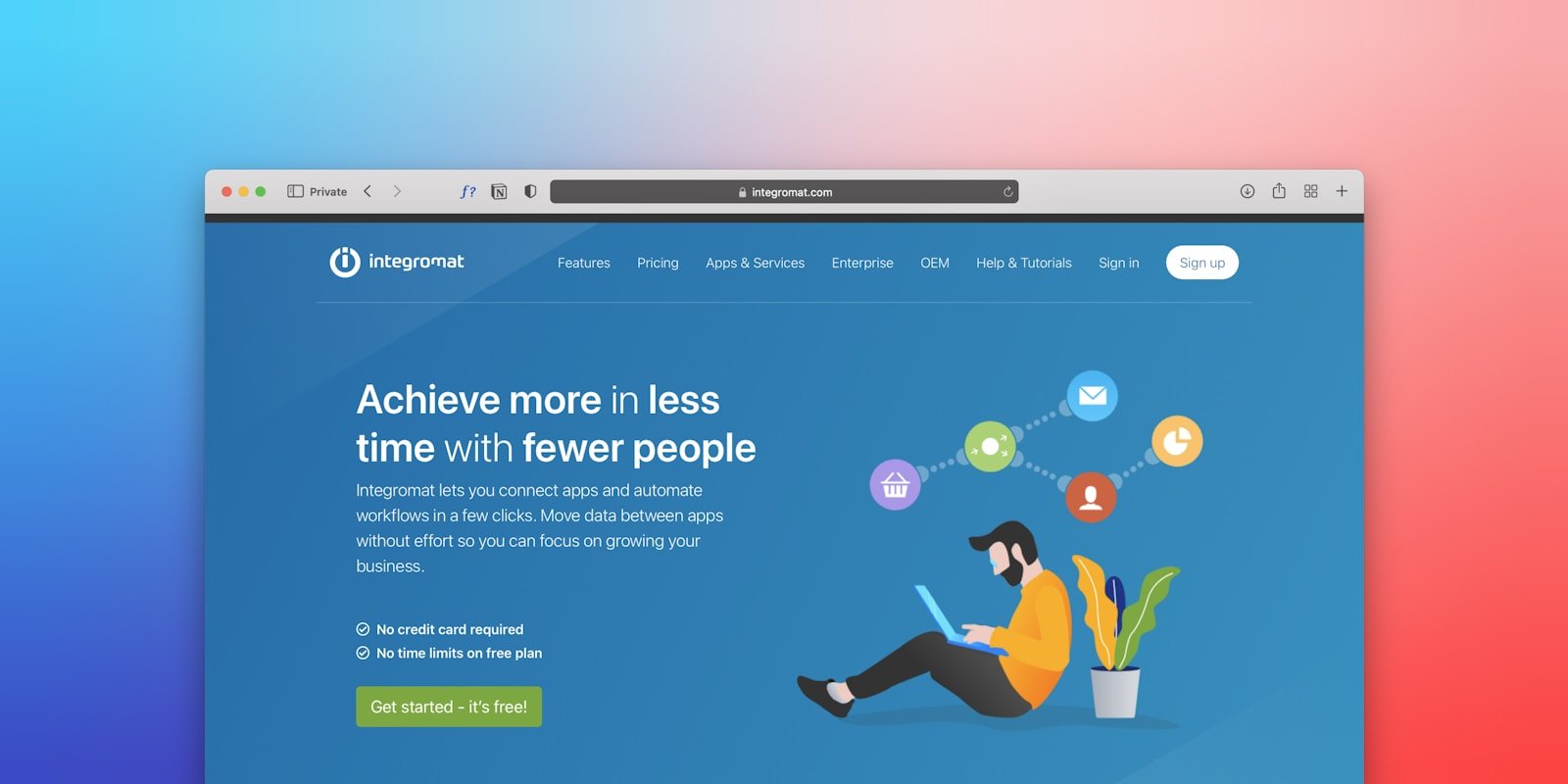Ever wondered how advanced AI systems like large language models (LLMs) can deliver up-to-date answers even when their training data is fixed? The secret lies in a process called Retrieval Augmented Generation (RAG Database). In this blog post, we’ll walk you through how a typical RAG system pulls information from an external database to keep responses current and accurate.
Step 1: Query Processing & Embedding Generation
It all starts when a user submits a query. The system doesn’t just treat the query as plain text—it converts it into an embedding. An embedding is essentially a dense vector that captures the semantic meaning of the query. Tools like Sentence Transformers or OpenAI embeddings are often used for this purpose, ensuring that the query is represented in a way that the system can understand at a deeper level.
Step 2: Retrieval from a Vector Store
Once the query is transformed into a semantic vector, it’s time for the system to find relevant information. This is where the vector store comes into play. Specialized tools like FAISS, Milvus, or Pinecone are designed to handle high-dimensional data efficiently. They perform a similarity search using the generated vector to quickly locate documents or data points that closely match the query’s meaning.
Step 3: Fetching Relevant Context
The vector store returns a set of documents or passages that are most relevant to the query. Think of this step as gathering extra context that can enrich the response. The retrieved information complements the language model’s built-in knowledge, ensuring that even if the model’s training data is outdated, the answer is informed by the latest data available.
Step 4: Integration with the Language Model
Next, the system needs to blend this freshly retrieved information with the original query. Tools like LangChain come into play here, orchestrating the process. The original query, along with the context fetched from the vector store, is passed to the language model. With this enriched input, the LLM can generate a response that’s both context-aware and current.
Step 5: Response Generation
Finally, the language model synthesizes all the input and produces a coherent answer. By combining its internal knowledge with the externally retrieved context, the system mitigates issues like outdated information and hallucinations (i.e., generating plausible-sounding but incorrect details). The end result is a more accurate and relevant response delivered to the user.
Flow Architecture Overview

To summarize, here’s a quick overview of the flow architecture in a RAG system:
- User Query:
The process kicks off when a user submits a query. - Embedding Module (e.g., all-MiniLM, stsb-roberta-large, LaBSE):
The query is converted into a semantic vector using embedding models. - Vector Store (e.g., FAISS, Milvus, Pinecone):
This vector is used to perform a similarity search, retrieving the most relevant documents. - Orchestration Layer (e.g., LangChain):
The retrieved documents are integrated with the original query. - Language Model (e.g., GPT, Claude, PaLM, LLaMA):
The enriched input is processed, and a final response is generated. - API Layer (e.g.,ExpressJs, NestJs, FastAPI):
This component manages communication between the different modules and delivers the final answer back to the user.
Wrapping Up
This coordinated architecture allows LLMs to deliver dynamic and informed responses by pulling in the latest and most relevant information from external databases. By converting queries into semantic vectors, retrieving context from specialized vector stores, and orchestrating the integration with the language model, RAG Database make it possible for AI to provide up-to-date answers—even when working with fixed training data.
FAQ
Question: What is Retrieval-Augmented Generation (RAG) in AI?
Answer: RAG is a framework where language models retrieve relevant data from a knowledge base to generate accurate, context-rich responses.
Question: How does RAG improve large language models (LLMs)?
Answer: RAG enhances LLMs by grounding responses in up-to-date or domain-specific information, reducing hallucinations and improving reliability.
Question: What are the core components of a RAG pipeline?
Answer: The core components include the retriever (fetches relevant documents), the reader (generates responses), and a vector database (stores embeddings).
Question: What kind of data can be used to build a RAG knowledge base?
Answer: Structured documents, web pages, PDFs, and databases can be converted into embeddings and used to train or power RAG systems.
Question: Why is vector search important in RAG architecture?
Answer: Vector search enables fast, semantic retrieval of relevant content based on meaning rather than exact keyword matches.
Question: How does Dev Centre House Ireland support businesses using RAG?
Answer: Dev Centre House Ireland helps businesses architect and implement RAG systems, optimize data pipelines, and integrate them with LLMs. Visit https://www.devcentrehouse.eu for solutions.
Question: Can RAG systems be customized for industry-specific use cases?
Answer: Yes, RAG can be tailored with domain-specific data to provide precise, contextual responses for healthcare, finance, legal, and more.
Question: What are some tools and frameworks for building RAG?
Answer: Popular tools include LangChain, Pinecone, Weaviate, Elasticsearch, and Hugging Face Transformers.
Question: What are the main benefits of using a RAG-based approach?
Answer: RAG improves accuracy, supports real-time updates to the knowledge base, and reduces the need for retraining models frequently.
Question: Is RAG suitable for internal enterprise applications?
Answer: Absolutely. RAG is ideal for enterprise-grade chatbots, knowledge assistants, and data-rich customer support systems.
